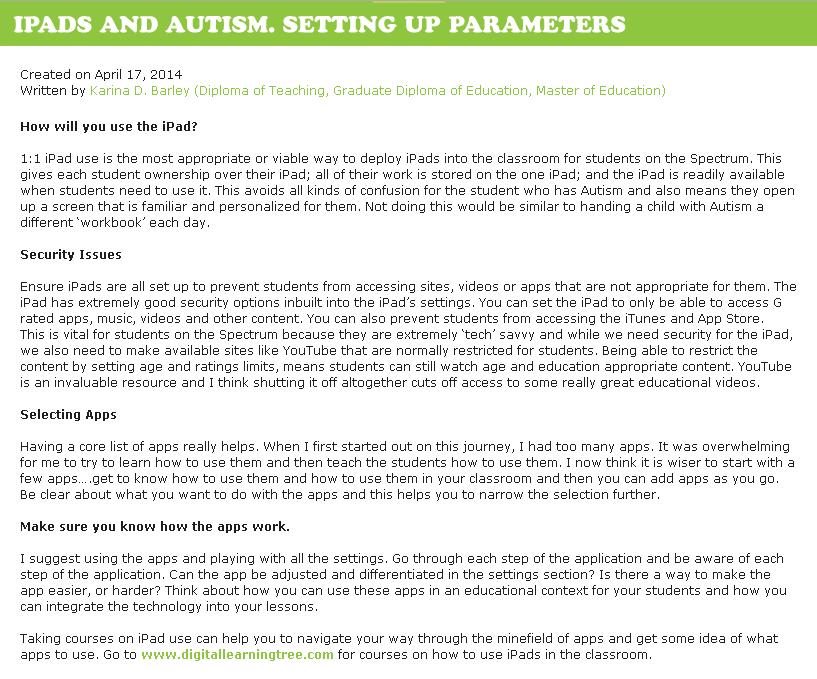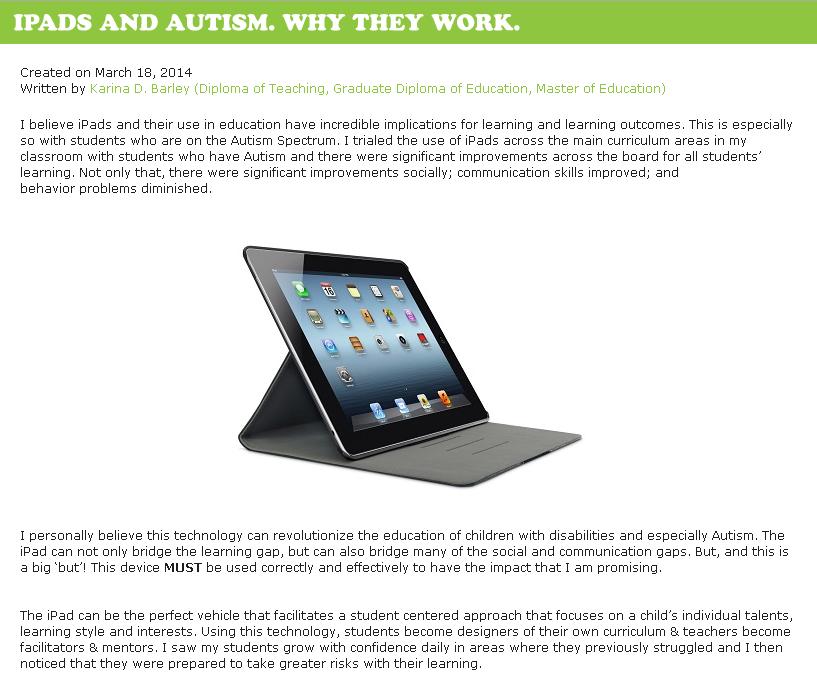Why do teachers have to explain why each rule exists?
Everyone remembers their time in school. For most, it was a time of innocence, learning, and fun. Some remember it as a painful time…filled with bullies, mean teachers, and not being part of the “cool” group. People’s attitudes towards school remain unchanged with the passage of time, and their painful memories cloud their perception of what goes on in schools today. This has led to the erosion of power wielded by educators, as parents have increasingly resisted the school’s attempts to make their student “conform” to the standards of behavior considered acceptable by our society in previous years. In this post, I list the reasons why we now have to explain to students why they have to follow specific rules.
* “Top-Down” Leadership Is A Thing Of The Past – In the “Good Ol’ Days” of business, employees complied with the rules of the office or factory, no questions asked. If a worker had the audacity to ask why a certain rule had to be followed, the boss would reply “Because I said so!” As time passed, workers formed unions, studies were done that showed workers were happier and more productive if they were allowed to provide input to their bosses as to how the company should be run. Pretty soon, “collaboration” became the order of the day. Nowadays, you would be hard pressed to find a company that uses a top-down leadership style.
* “Because I Said So” Isn’t Good Enough Anymore – The paradigm shift in the workplace trickled its way down into the educational sector. Remember the “Good Ol’ Days” of education? Students complied with the rules with no questions asked. If a student had the audacity to ask why a certain rule had to be followed, the teacher would reply “Because I said so!” Students had no backing from their parents in this situation, the parents had the attitude that the school was always right. One day, a movement was born that encouraged students to “Question Authority”, and fight for their rights. The originators of the movement were convinced that many in positions of authority are corrupt. Students were encouraged to not blindly follow their leaders…they were encouraged to question why decisions were being made a certain way. Parents (many of whom felt that they were treated unfairly during their school career) didn’t automatically support the school when the school tried to discipline their children. As a result, students became more and more emboldened to question why their school operated in a certain fashion….and they gradually demanded more and more of a say in their own education and disciplinary consequences.
*The default setting on kids’ “respect” meter is “no” – In the past, students automatically respected their teachers (and other adults in their lives). It would take a traumatic event for a student to ever lose respect for their teacher. The default setting for student respect was in the “on” position. In recent years, many students and their parents have come to the conclusion that students are not required to respect adults just because they are adults. Many students believe that an adult has to “earn” their respect before they give it. Not only do students not automatically respect the position of teacher, they do not respect police officers or other authority figures. The reasons for this troubling development are a mystery to me, but could have something to do with TV shows and movies that belittle people in authority. When have you seen a TV show or movie where the policeman, teacher, or principal is seen as the hero? Most shows portray these authority figures as evil, “uncool”, dishonest, or stupid. Another reason why adults are not respected could be because of the high divorce rate in this country. Kids see their parents fighting, splitting up, having a new “boyfriend” or “girlfriend”, or using childish tactics to hurt the other parent. Kids’ lives are littered with adults that make empty promises or empty threats, which makes it hard for students to view their parents as a positive role model, worthy of respect. This lack of respect for parents has led students to disrespect their teachers as well.
*There’s a Higher Percentage Of Compliance When You Explain “Why” – For some reason, explaining why the rule exists (and why it needs to be followed) has a magical effect on students. Maybe it is because the student has an “A-Ha!” moment when he sees the school’s point of view…maybe it is because the student respects the person enforcing the rule because the person has taken the time to explain why the rule exists. In any event, explaining rules to students results in a higher percentage of student compliance. Not only are more students compliant, they seem happier while complying because they know why the rule exists.
**Do you want to reduce bullying behaviors at your school? Check out my online anti-bullying course called “Bully Neutralizer” at this link:
https://bit.ly/BullyLesson1
*












